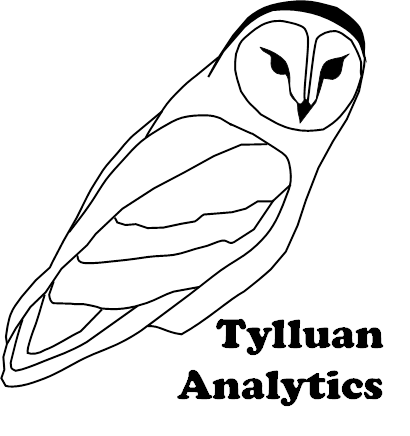Throughout my career in the business world, I have come to realize the analytical processes that I used while working in the field of rocket science could be effective in solving many problems that today’s companies are facing. From setting up inventory or supply chain logistics to assessing the benefits and risks of investing in a new technology or product, the rocket science analytics could provide new and interesting insights. The field of rocket science has been maturing over the last 100 years but has always been on the cutting edge of creating new technologies and analytical methods to solve the previously impossible problems.
One of the first fields that I worked in out of college was stability design and analysis. In that field, I would develop models of systems and calculate the critical point and stability margin metrics in order to predict what would make the system stable or unstable. By using similar techniques, I can create models of a business supply chain or product material inventory and calculate where and how that system would collapse and become unsustainable.
One question all business owners and managers ask themselves is how can I reduce costs and increase revenues. I have worked on a similar problem while developing trajectories for rockets, but just with different cost functions and parameters. Optimization methods are widely used in today’s Operational Research field, but rocket science shows us how to effectively set up the function to optimize and the range of the parameters you are altering to get to the optimal solution. In addition, by utilizing the cutting-edge solving techniques, problems with higher complexity can be solved today that would not have been feasible 10 years ago.
Statistics has been used in many fields for hundreds of years. In rocket science, I have used statistical methods to quantify a level of confidence to the success of a mission for my customers. The analysis that goes into a confidence statement for a successful mission includes calculating the variation and range of input and output parameters and how they correlate. Similar methods can be used to analyze projected success metrics of various marketing strategies.
One of the biggest driving factors for rocket science is vehicle weight. Most of the design of the rocket’s flight path and software is developed months if not years in advance before the final vehicle is actually weighted, so I have completed sensitivity analyses to discover how much can the rocket’s weight change from initial designs to when its flying in the air to not invalidate my solutions. Similar techniques can be used when designing business operations like warehouse and transportation of goods route design to access if it is still the optimal solution and how large of a change to the inputs of the problem will result in a suboptimal or unstable operational plan.
For more complex systems with a lot of variability especially over time, one of the best forms of analyses is based on simulations. This area of expertise is one that I have had the most experience in during my days as a rocket scientist. Developing a time varying model that applies statistical variations to evaluate how your design will hold up with changes and time. Using similar modeling techniques and solvers, simulations can be created to forecast outcomes to business operations, marketing and investing.

About Lindsey Edwards
With almost 15 years of experience providing data science, automated control system design and software development solutions in the Aerospace Industry, Lindsey Edwards brings cutting-edge analytics to solve today’s business problems.

